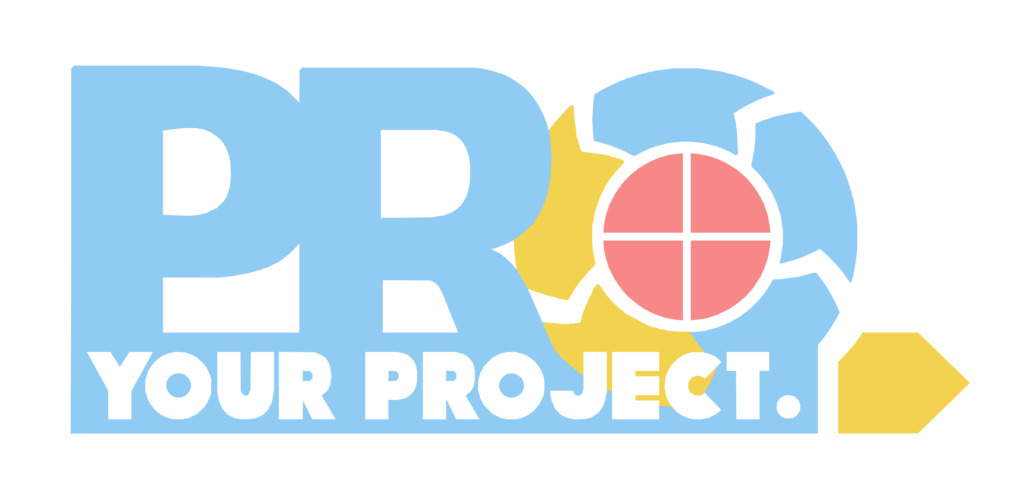There can be quite a few roles on a project. However, this post will focus on the ones that you will see on most projects. It is important that each person involved in a project understands their role and responsibility to the team. Otherwise a lot of time can be lost while you backtrack to figure it out.
Project Manager
It isn’t too self-absorbed to say that the Project Manager is at the center of the project. This person is responsible for:
- Planning the project: Developing the project plan, setting timelines, and assigning tasks.
- Leading the team: Motivating and managing the project team to ensure they stay on track.
- Communicating with stakeholders: Keeping everyone informed about the project’s progress, issues, and changes.
- Managing risks: Identifying potential issues and developing mitigation strategies.
The project manager is the driving force behind the project, ensuring that everything stays aligned with the goals.
Project Team
The Project Team consists of individuals who carry out the tasks required to complete the project. In a software development project, this can include developers, quality analysts, testers, and business analysts. Team members:
- Execute tasks: They work on specific activities as outlined in the project plan.
- Provide expertise: Each member contributes their specialized knowledge to the project.
- Collaborate: They work together to achieve the project’s objectives.
- Report progress: Regular updates are provided to the project manager.
A well-coordinated team is essential for successful project execution.
Sponsor
The Project Sponsor is usually a senior executive who provides overall direction and support. Their responsibilities include:
- Authorizing the project: Providing initial approval and funding.
- Supporting the project manager: Offering guidance and resources as needed.
- Making high-level decisions: Addressing escalated issues that the project manager cannot resolve.
- Championing the project: Advocating for the project within the organization to ensure its success.
The sponsor’s backing is critical for securing the resources and authority needed for the project.
Stakeholders
Stakeholders are individuals or groups with an interest in the project’s outcome. They can include:
- Clients or customers: Those who will use the final product or service.
- Suppliers and vendors: External parties who provide goods or services to the project.
- Regulatory bodies: Organizations that ensure the project complies with legal requirements.
Managing stakeholder expectations is crucial for project success.
Other Key Roles
Depending on the project, you may also encounter roles like:
- Business Analysts: They help define the project’s requirements and ensure they align with business goals.
- Quality Assurance (QA) Specialists: They ensure that the project’s deliverables meet the required quality standards.
- Risk Managers: They focus on identifying and managing risks throughout the project lifecycle.
These roles provide specialized support to the project manager and team.
Photo by Annie Spratt on Unsplash


0 responses to “Key Roles in Project Management Explained”